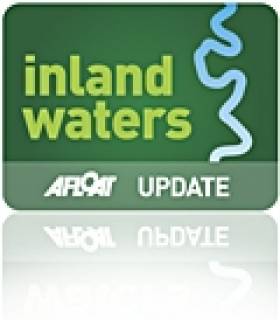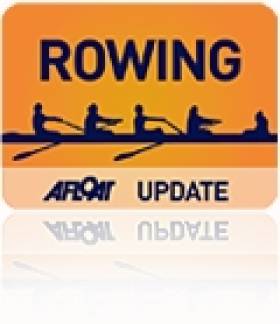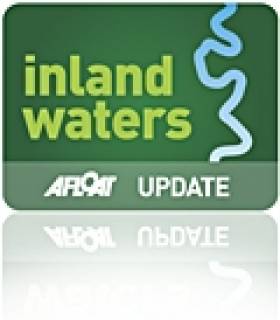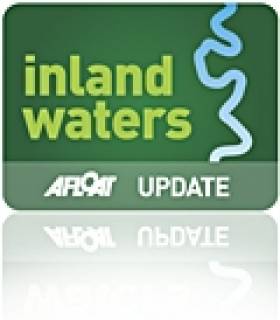Displaying items by tag: Tullamore
Grand Canal Restrictions in Tullamore Extended
#InlandWaterways - Waterways Ireland advises masters and owners of vessels that the closure of the Grand Canal from the Kilbeggan Bridge to Cox's Bridge in Tullamore has been extended from 4 March until 15 March 2013.
There will restricted navigation from the 26th Lock to the Kilbeggan Bridge due to reduced water levels of between 300mm and 400mm in this section of the canal.
The closure will facilitate Tullamore Town Council’s construction of three footbridges and a new board walk in the Tullamore area.
Neale Offaly's Fastest at Tullamore Time Trial
# ROWING: The Tullamore Time Trial drew a big entry on Saturday, with Dave Neale of UCD coming out on top with a time of eight minutes 26.40 seconds. Neale’s closest rival was Rory O’Connor of Queen’s University, who also learned his craft with Offaly Rowing Club. Sheila Clavin of St Michael’s in Limerick was the fastest woman, clocking 9:28.60.
Tullamore Time Trial, Saturday (Selected Results)
Overall: 1 D Neale (UCD) 8:26.40, 2 Neale 8:32.50, 3 R O’Connor (Queen’s) 8:39.00, 4 M McKibbin (Queen’s) 8:44.90, 5 McKibbin 8:56.40, 6 A Bolger (Carlow) 8:56.50. ]
Men – Open: Neale 8:26.40. Intermediate: McKibbin 8:44.90. Junior 18: Molloy (Athlone) 9:01.10. Junior 16: Egan (Athlone)
Women – Open: S Clavin (St Michael’s) 9:31.20. Intermediate: A Bulman (UCD) 9:30.40. Junior 18: Kelly (Carrick-on-Shannon) 10:06.60. Junior 16: McCabe (Carrick-on-Shannon) 10:41.30. Masters A: S Clavin (St Michael’s) 9:28.60.
Grand Canal Closure at Tullamore
Wakeboarding Video on Grand Canal Condemned
A video clip of youths wakeboarding on the Grand Canal on Ireland's inland waterways while being towed behind a car on the tow path has drawn the ire of water safety experts who say the actions are 'foolhardy' and 'irresponsible'. The youtube stunt is below with comments from viewers that includes one from a David Kilty who says: 'Good stuff lads at least someone is making use of our waterways'. The video has been forwarded to the Inspector of Navigation as Lt Cdr John Leech of Irish Water Safety believes the activity is in breach of the Grand Canal Act.


























